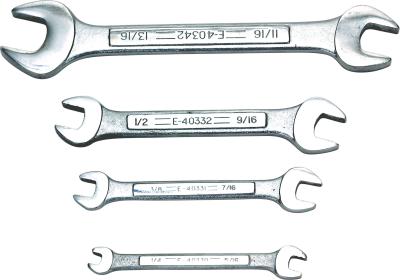
When your 1997 Lincoln Continental begins to overheat or runs warmer than usual, it is an indication that your thermostat may be sticking or failing. To prevent costly repairs to your engine due to overheating, you should replace the thermostat right away at the first sign of trouble. Buy a new thermostat at an auto-parts retailer or Lincoln dealership. Change the thermostat at home for a fraction of the cost of a service center.
Open the hood of your Continental and remove the radiator cap. Be sure the engine cools before removing the cap to avoid injury.
Place a large drain pan beneath the radiator drain at the base of the radiator on the driver side of the car. Loosen the drain plug with a wrench and drain the coolant until the level is below the top radiator hose. Tighten the drain plug and remove the drain pan.
Loosen the screws on the hose clamp of the upper radiator hose at the thermostat housing with a flat-bladed screwdriver. Remove the clamp and the hose from the thermostat housing.
Remove the mounting bolts from the thermostat housing with a socket and ratchet. Pull the thermostat housing off the engine block. Pull the thermostat out of the housing. Inspect the O-ring for signs of damage and replace it if needed.
Insert the new thermostat into the housing and add the O-ring. Replace the thermostat housing and secure it with the mounting bolts. Tighten the bolts to 18 in-lbs. with your torque wrench, alternating between bolts to avoid over-tightening either side.
Replace the upper radiator hose on the thermostat housing and secure the hose clamp. Tighten the screw on the clamp with a flat-bladed screwdriver.
Add a 50/50 blend of coolant and distilled water to the radiator until the coolant level is full. Replace the radiator cap and tighten it completely. Start the engine and check for any coolant leaks. Let the engine warm up to ensure the new thermostat is functioning properly.